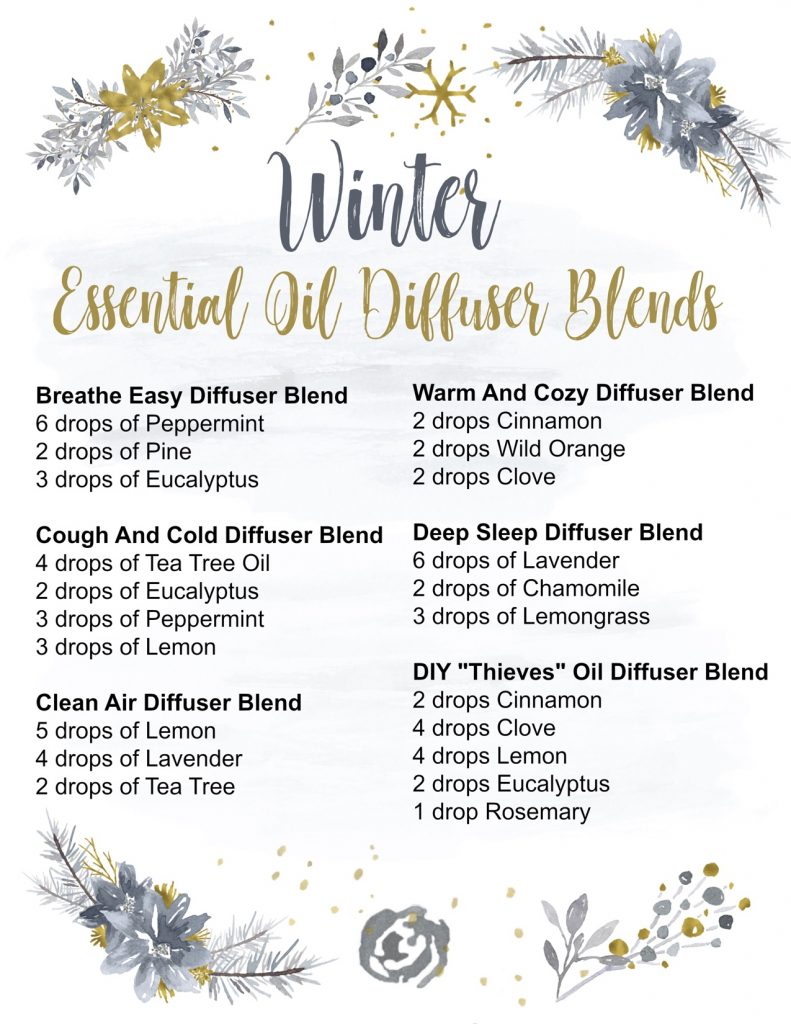Not known Factual Statements About Spring Diffuser Blends
Table of ContentsThe Only Guide for Spring Diffuser BlendsThe 4-Minute Rule for Spring Diffuser BlendsThe Only Guide for Spring Diffuser BlendsExcitement About Spring Diffuser BlendsThe Buzz on Spring Diffuser Blends
This will assist your gastrointestinal system job extra successfully! As we stated earlier, nearly every single one of the infinite crucial oil blend recipes you can develop will have a combination of antioxidant, anti-bacterial and anti-fungal homes. This implies that any kind of essential oil blend dishes you pick will certainly have the power to push back mold, germs and bugs in your home.Warming and stimulating. Oils like basil, rosemary, and thyme. Rejuvenating and invigorating. An essential concept in blending is the "Guideline of Thirds." This guideline recommends dividing your blend into three components: top notes, center notes, and base notes. Light, unpredictable oils that evaporate rapidly and offer the first scent impact (e.g., citrus like bergamot, sweet orange, and lemon oiil).
Oils with moderate evaporation rates that make up the "heart" of the mix (e.g., floral oils like lavender and geranium). One more approach is blending based on the chemical households of essential oils.
Little Known Facts About Spring Diffuser Blends.

Phototoxicity: Some vital oils, particularly citrus oils, can create photosensitivity. Stay clear of direct sunlight or UV direct exposure for a minimum of 12 hours after applying these oils to the skin. Ingestion: Do not consume necessary oils without seeking advice from a qualified professional, as some oils can be harmful when ingested. Storage: Maintain important oils out of reach of kids and pet dogs.
Right here are some ideas and a standard outline for making your DIY blends: Determine the purpose of your blend (e.g., relaxation, emphasis, immune assistance, rest assistance). This will certainly direct your option of necessary oils with complementary buildings. Select 3-5 essential oils that align with your wanted end result and have complementary properties.
More About Spring Diffuser Blends
2. Select your oils: Combine essential oils that enhance each other, taking into consideration top, middle, and base notes for a well balanced fragrance. 3. Blend: Add the essential oils to the base, starting with a little number of decreases and adjusting the proportions as needed. 4. Age: Enable the blend to age for a minimum of a week in a dark glass container to allow the fragrances fuse and mature.

Not every mix you attempt will certainly have all 3 notes, yet it is necessary that you develop a feeling for the oils that are a lot more leading so you can add the proper quantities and create really well balanced blends. Everyone experiences a different reaction to a fragrance. As you produce your own diffuser blends, start with the fragrances that you know with and favor.
8 Easy Facts About Spring Diffuser Blends Explained
When you integrate important oils into a diffuser mix, think about the effect you want it to have. There are many kinds of oil scent profiles, including earthy, woodsy, fruity, minty, flower, spicy, citrusy, resinous, camphoraceous, and floral oils. Each of these sorts of oils will influence the effect your diffuser mix has.
Pick oils you think blend well with each other, remove their lids, hold them in one hand, and float them beneath your nose to obtain a feeling of what they would certainly scent like with each other. Oils can smell strong straight from the container. Try sniffing the lids instead to get a lighter, more diffused scent.
Naturally, what issues most is your individual preference. If you find a blend you like that asks for a single decline from 10 different oils, go all out!.
It's well-known visit this page that we're all wired so scents set off feelings and memories. Actually, the shipping stamp-sized olfactory wattle, which is in charge of smell, is likewise part of the limbic system, which my response takes care of feelings and lasting memories. Imagine dropping off in a cloud of aromatic timeless happiness while crafting a delightful individual essential oil mix.
The Definitive Guide for Spring Diffuser Blends
Perfumers and aromatherapists directory aromas into parts or "notes." The language is extremely comparable to the language of songs, like the notes of a chord. A specific essential oil can be classified as a. It is essential to recognize that oils can have components of, so you'll see that each oil can have a top, center, and base note.
When we blend, we pick oils from each category, essentially developing an aroma chord. This is the very first recognizable perception in a blend, and is typically the characteristic attribute of the oil.
The center note of a blend can additionally be described as the "heart" or "bouquet" of the aroma. The base note within a blend shows up a lot later than the first 2 notes. This is the note that gives a blend staying power. The base note can show up a few hours or also a whole day after the fragrance testing strip is have a peek at this website completely dry.
